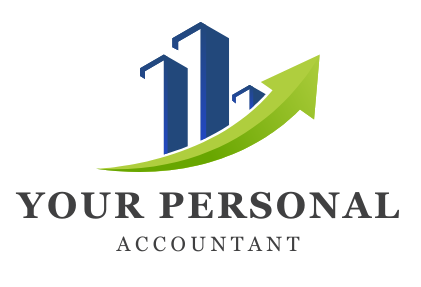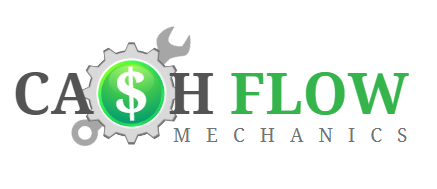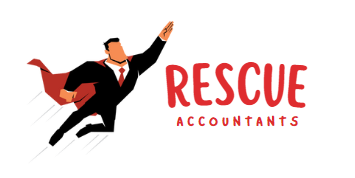There are three reports every small and medium size business should know and use on a regular basis. They are a Profit and Loss Statement, a Balance Sheet, and a Statement of Cash flow.
 A Profit and Loss Statement (P&L), also called a Income statement or a Statement of Operations, is a company’s financial statement that indicates how the revenue (money received from the sale of products and services before expenses are taken out, also known as the “top line”) is transformed into the net income (the result after all revenues and expenses have been accounted for, also known as the “bottom line”). The purpose of the income statement is to show managers and investors whether the company made or lost money during the period being reported.
A Profit and Loss Statement (P&L), also called a Income statement or a Statement of Operations, is a company’s financial statement that indicates how the revenue (money received from the sale of products and services before expenses are taken out, also known as the “top line”) is transformed into the net income (the result after all revenues and expenses have been accounted for, also known as the “bottom line”). The purpose of the income statement is to show managers and investors whether the company made or lost money during the period being reported.
The important thing to remember about an income statement is that it represents a period of time. This contrasts with the balance sheet, which represents a single moment in time.
A Balance Sheet, or statement of financial position, is a summary of a person’s or organization’s balances. Assets, liabilities and ownership equity are listed as of a specific date, such as the end of its financial year. A balance sheet is often described as a snapshot of a company’s financial condition. [1] Of the four basic financial statements, the balance sheet is the only statement which applies to a single point in time.
A Cash Flow Statement or Statement of Cash Flows is a financial statement that shows how changes in balance sheet and income accounts affect cash and cash equivalents, and breaks the analysis down to operating, investing, and financing activities. As an analytical tool, the statement of cash flows is useful in determining the short-term viability of a company, particularly its ability to pay bills.
Our system provides these three reports to our clients on a weekly, monthly, quarterly and annual basis. It is important to always know where you are at in your business finances. If you don’t know where you are at, then how do you know if you are winning or losing? Do you get these reports on your business on a regular, consistent basis? You should!



